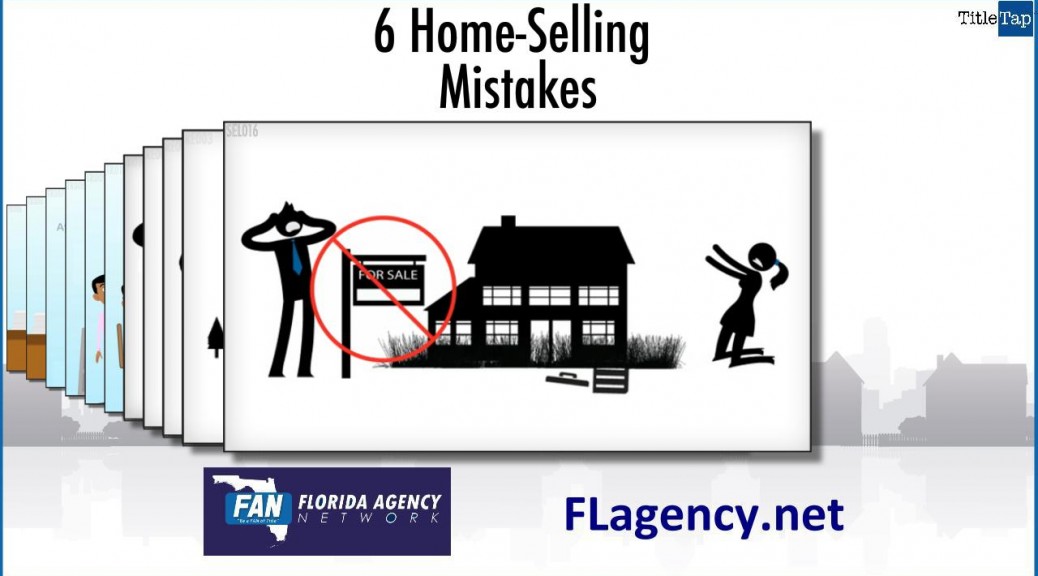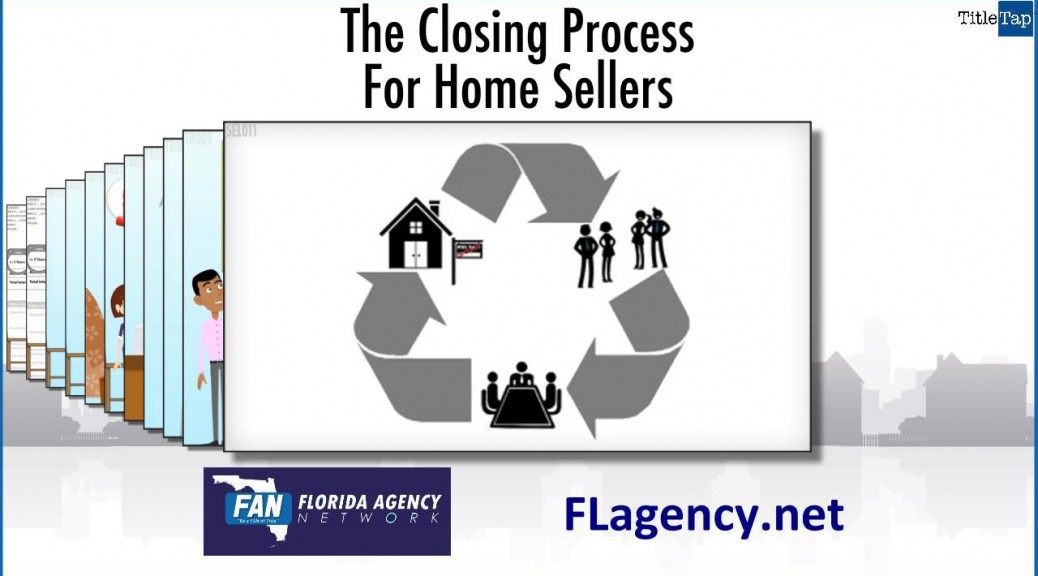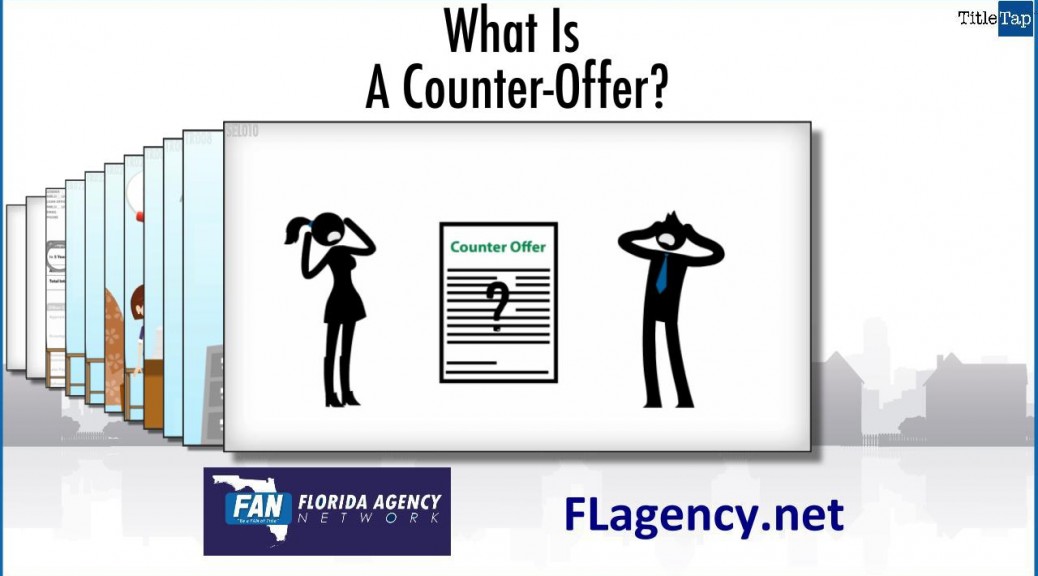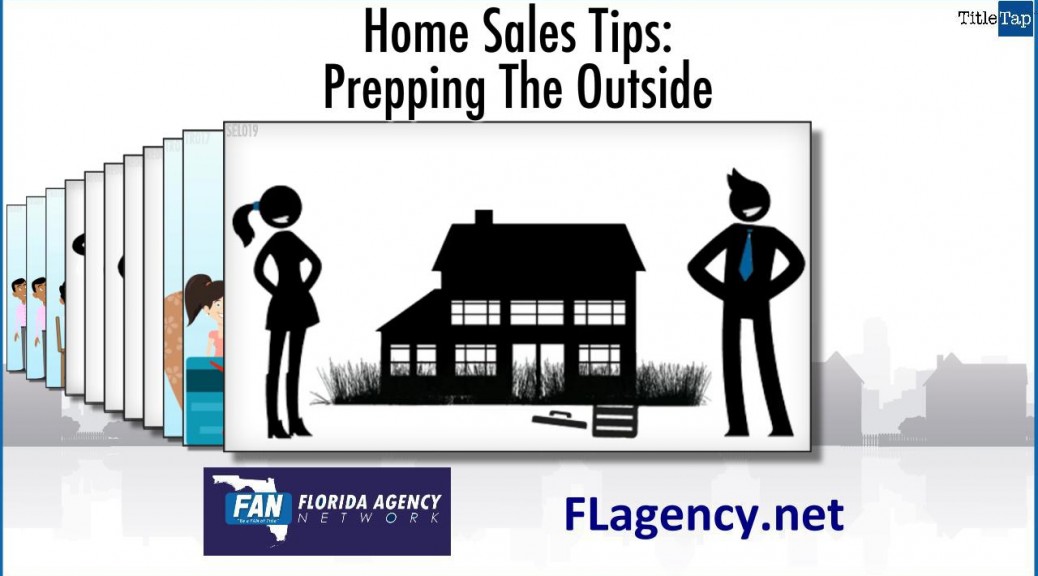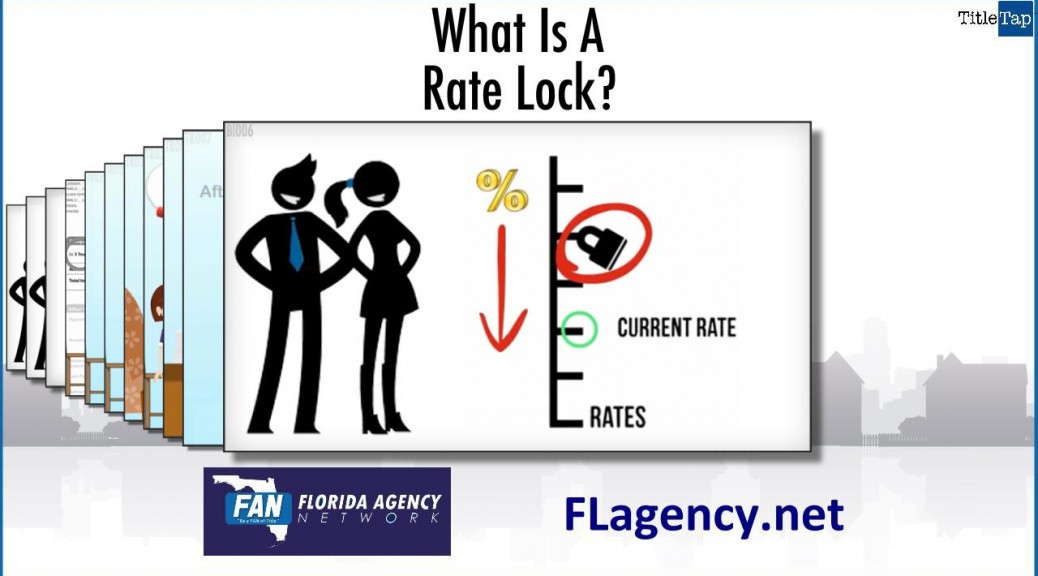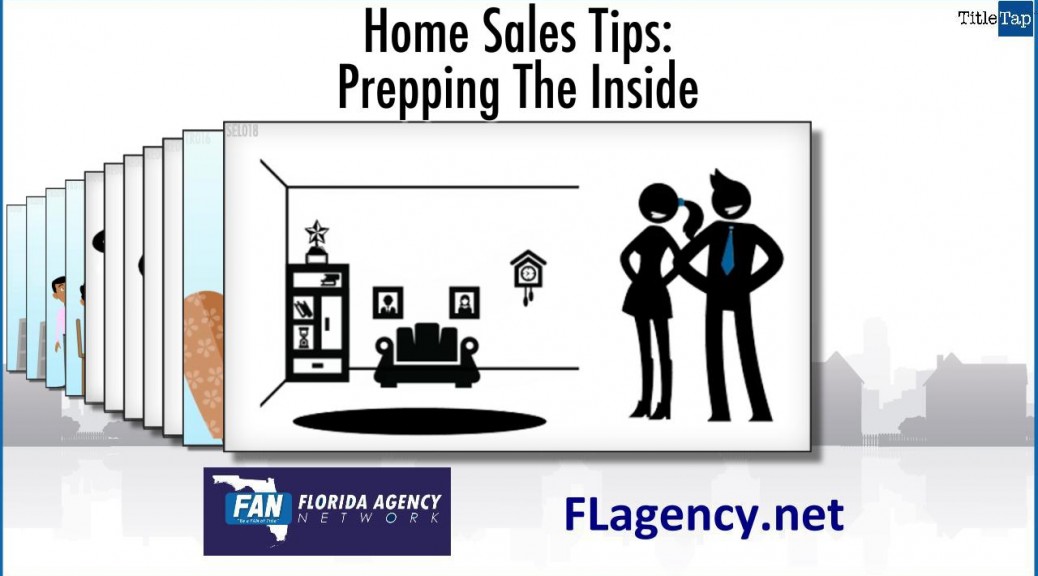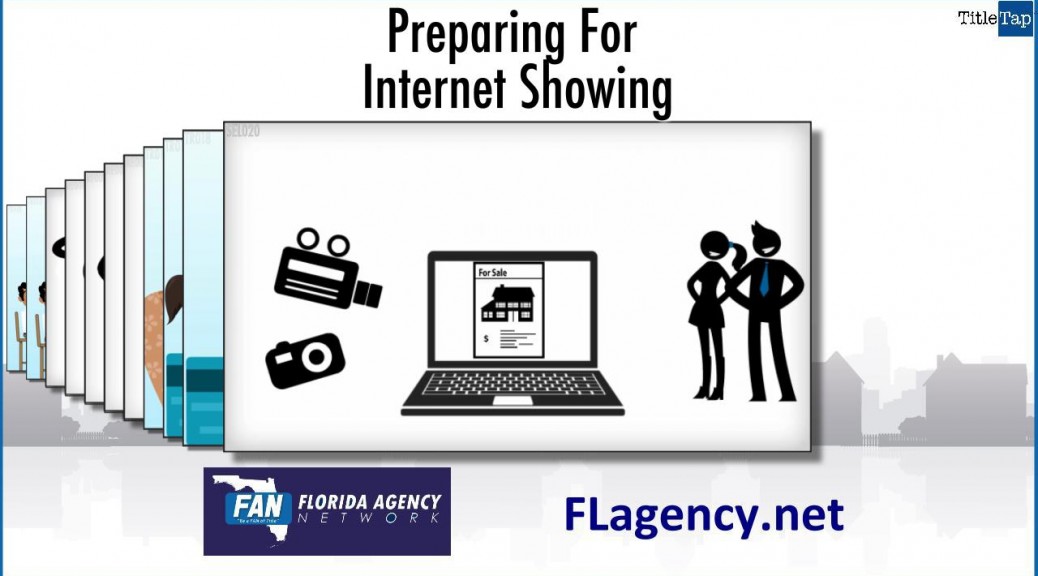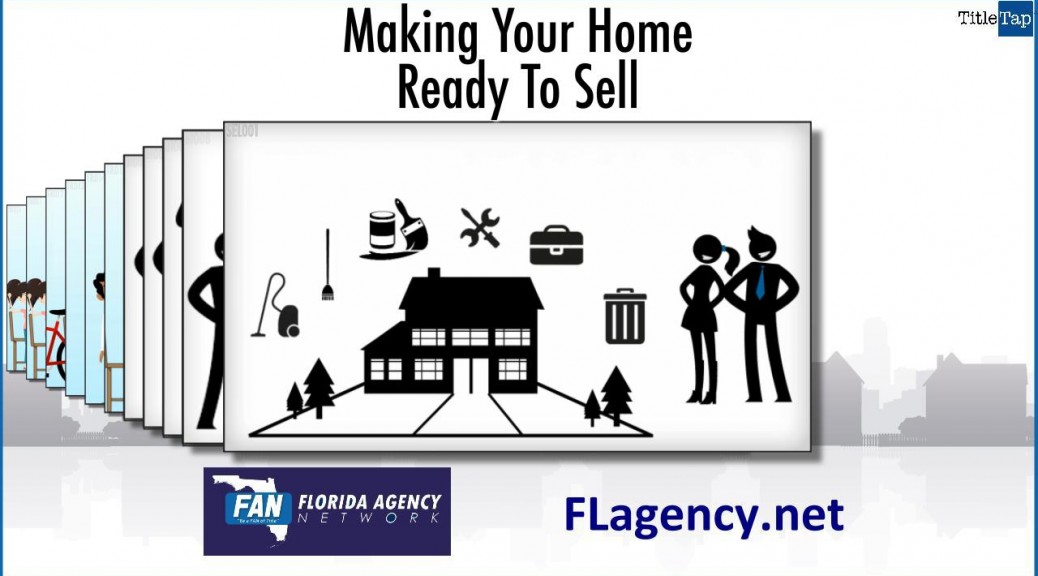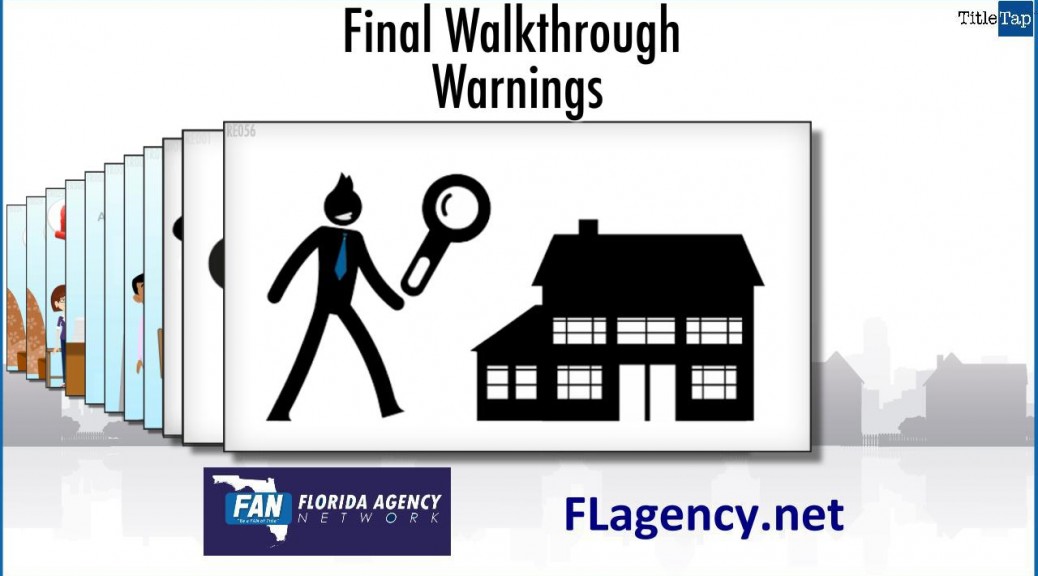http://fwd5.wistia.com/medias/dglp62abnr?embedType=iframe&videoFoam=true&videoWidth=640
If you’re selling, don’t do these things – take some notes from the video!
1. Don’t Sell Before The House Is Ready.
If it doesn’t present well, it won’t sell well.
2. Don’t Over-Improve
People buy houses in neighborhoods.
If yours is so “improved” that it sticks out you’re hurting your chances at selling.
3. Hire Wrong
Make your agent choice for business reasons.
Personal relationships matter, but experience and expertise will determine financial success in your sale.
4. Don’t Hide Anything
Covering up or ‘failing to mention’ real problems doesn’t work.
State disclosure laws are strict and you can be sued after the sale for anything that should have been made clear.
5. Don’t Rush
You should know about your mortgage, including pre-payment penalties your market conditions and trends and your options for your next home before jumping on the market.
6. Don’t Get Too Emotional
Your attachment to your house and your own financial needs
don’t really matter in the transaction.
If you can’t set them aside the sale won’t go as you’d like it to.
Remember – it was your home but to the buyer it’s as a house.

